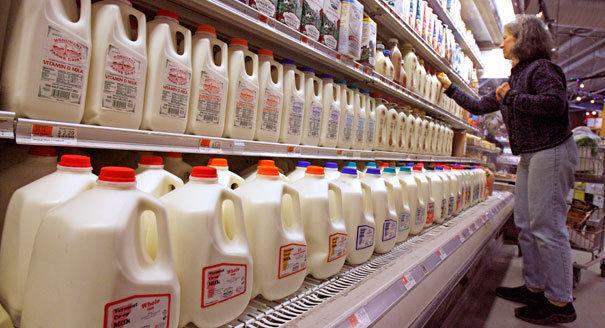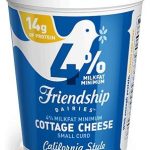
While milk remains a household item in the U.S., people are drinking less of it and not going through it as fast as they once did, Tom Bailey, Rabobank senior dairy analysts, said.
Bailey outlines the issue and what processors can do to improve their bottom line in his new report “Making Milk Cool Again.”
Understanding what consumers want and value, and investing in innovation and marketing are key, he said.
For the past 10 years, demand has fallen 2% year over year in North America and 3% in Western Europe.
But there are steps companies can take to recast the image of milk in the eyes of consumers and see it flourish into the category it once was, he said.
“Some successful brands have already proven that milk can be cool,” he said. “But, if the last 10 years taught the dairy industry anything, it is that the wrong milk is being marketed incorrectly to the wrong consumers.”
The lack of innovation in production development leaves the industry with nonfat or skim milk in a translucent jug with a traditional label, he said.
“It’s not what the consumer is looking for,” he said.
Conventional skim milk is declining the fastest and is the most unfavorable from a consumer perspective, he said.
But sales of whole, organic and filtered milk are all growing, he said.
Anyone wanting to compete needs to revamp their milk — giving it higher quality, newer packaging and rebranding — and communicate effectively through modern marketing mediums, he said.
A 2018 survey by Mintel found the top reasons U.S. respondents consume milk is because it is nutritious, tasty, has vitamins and minerals, is rich in good proteins and is a good value.
Mintel also found the top reasons that would make people drink more milk are extra protein, probiotics and less sugar.
Fairlife milk meets the top three factors in driving more consumption and has 30% more calcium than conventional milk. It also offers single-serving options and ultra-pasteurization, which were two other factors noted by survey respondents.
That might be why Fairlife has grown 263% since 2015, now accounting for 3% of all U.S. fluid milk sales by value, he said.
Consumers also care about sustainability and animal welfare, and younger consumers rely heavily on social media.
Processors can differentiate their product from conventional milk and add value for higher margins or they can go the scale and efficiency route, he said.
“Eighty-five percent of Americans still have milk in their fridges, but if you want to make margins you need to premiumize or become more efficient,” he said.

























